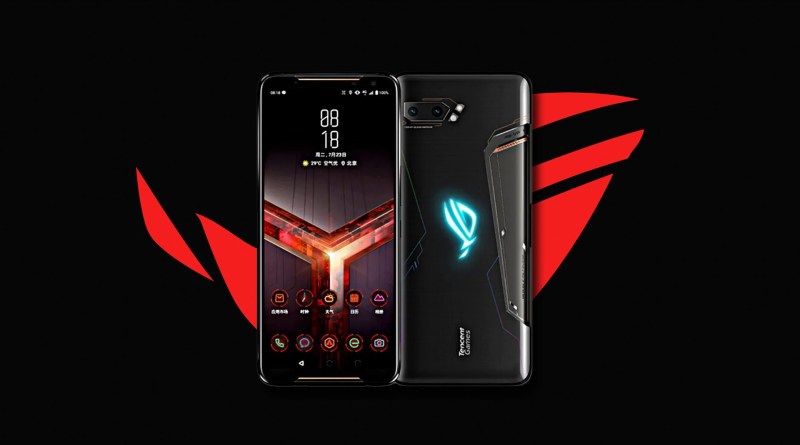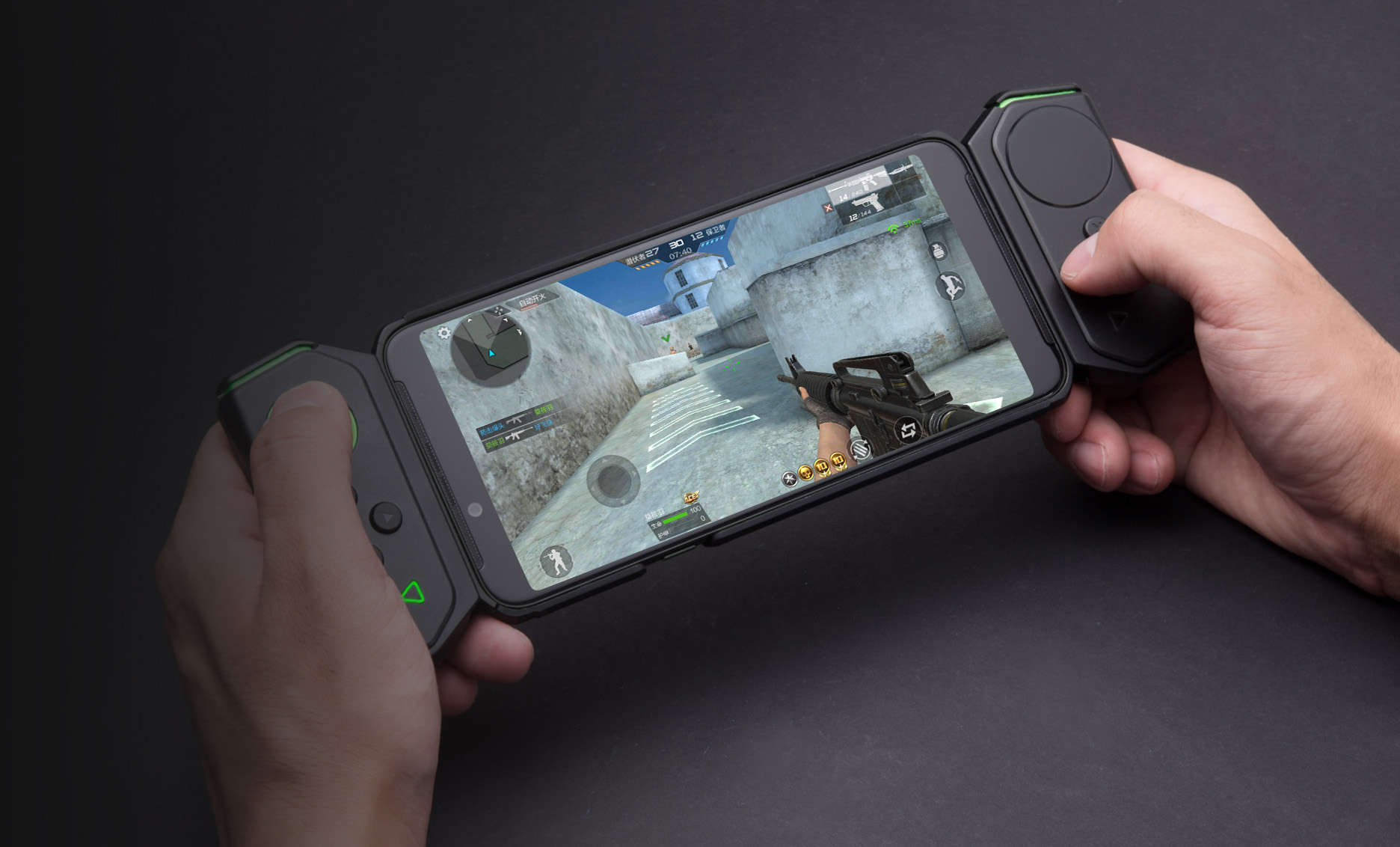Featured image by: digit
Do the differences in refresh rate matter?
Written by Aqil Nasri
Most current in-trend smartphones have a standard 60 Hz refresh rate. This magic number that you see on every foreseeable monitor, tv, and phone has been the norm for many years, and only recently have companies tried to break that current standard.
90 Hz and above was only ever heard of in high performance gaming monitors, or high end TVs, but the speed of technology is approaching light speed, and the new figure is fast looking to be the new magic number.
Nowadays, you can get smartphones that have refresh rates of 90 Hz, and even some up to 120 Hz. Such an example of a powerhouse was the Razer Phone that launched back in 2017. It was nonsensically fast, but this translated to the smoothest scrolling experience that trumps even the flagship Samsungs and Apples.
Now, some of you may be thinking, what the heck does Hz or refresh rate even mean? Well, let me explain it to you. Refresh rates basically mean the measure or number of times that a screen needs to redraw the image portrayed on it (screens).
In layman terms, when a smartphone has a 60 Hz display, it means that the display of the phone will render an image about 60 times per second, or 60 frames per second (fps). This enables the smooth motion that users see when they scroll up and down on their phones or when they view videos or play games.
So, let’s get to the question. Do the refresh rates exhibit actual differences?
Well, the answer is a mix between a no and a yes.

ASUS ROG Phone 2 comes with a whopping 120 Hz display
To the casual user, 90 Hz only means a much more pleasing smartphone experience. Scrolling through just became that much more effortless, and every input through the phone is like butter. But where this number matters however, is when people use their smartphones to play games. Much like a high refresh rate monitor, in-game aspects such as a fast moving FPS game like Call Of Duty Mobile or Fortnite are rendered much more quickly, providing more accurate information to the user and enable them to react faster. Which is all well and good.

But with a creamy display comes a few not so creamy drawbacks. For one, refreshing the display so frequently all the time will absolutely tank the battery life of the phone. Google’s new Pixel 4 comes equipped with a dynamic refresh rate adjuster whereby when you look at the device, it’ll bump to 120 HZ, and drops to 90 Hz when you look away in a bid to save battery life, but it only gives a marked improvement of half an hour of extra juice.
Apart from that, high refresh rate screen aren’t the industry norm yet. Hence, support for such phones are not that widespread, but this is a minor niggle.
All in all, it depends on what you need the refresh rate for. It makes sense if you just want to upgrade your user experience or if you frequently game on mobile. Otherwise, why fix something that’s not broke? It’ll save you a bit of battery life too.


